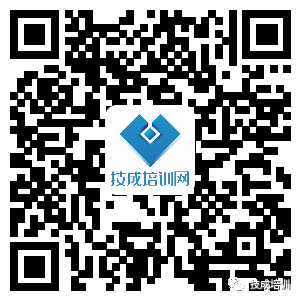Click Tech Training Top, delivering to you daily at 7:30 AM
What are RS232, RS485, UART, serial ports, COM ports, USB ports, and TTL? Do you understand their relationships?
First, we need to distinguish between timing standards and logic level standards.
Timing standards refer to the logical values (0 and 1) corresponding to actual voltage on the time axis. In simple terms, timing standards define the format of logical signals, specifying when to send or receive a 1, and when to send or receive a 0.
Logic level standards refer to the relationship between physical quantities and logical values, where the physical quantities can be voltage, current, etc., with voltage being the most common. Logic level standards specify how much voltage represents 0 and how much represents 1, serving as a bridge between physical quantities and logical values.
Now let’s understand their concepts:
RS232
Is an asynchronous transmission standard interface established by the Electronic Industries Association (EIA), corresponding to level standards and communication protocols (timing), where +3V to +15V represents 0, and -3V to -15V represents 1.
RS485
Is also a type of serial interface standard with the same timing but different logic level standards. It uses differential transmission for long-distance communication, providing strong anti-interference capabilities.
UART
Universal Asynchronous Receiver/Transmitter. It can be said that UART is not an interface but a logical circuit that implements serial communication. This part can exist as an independent chip or be embedded into other chips, with UART modules present in microcontrollers, SOCs, and PCs.
Serial Port
Is a general term that usually refers to serial timing standards. UART, RS232, RS485, and TTL all follow similar communication timing protocols, hence they are collectively referred to as serial ports.
COM
Specifically refers to the D-SUB shaped serial communication port on desktop computers or some electronic devices, utilizing serial communication timing and RS232 logic levels (detailed below).
USB
Universal Serial Bus, a commonly used interface that is entirely different from serial ports. Although it also uses serial communication, the communication timing and logic level standards of USB are completely different from those of serial ports, thus they are unrelated. USB is a high-speed communication interface used to connect various peripherals to PCs, including U-disks, keyboards, mice, external hard drives, and of course, “USB to serial” modules (USB to serial modules are UART modules with USB interfaces).
TTL
TTL refers to Transistor-Transistor Logic, which can also denote a level specification (similar specifications exist for CMOS levels, etc.). Many “USB to TTL” modules on online shopping platforms are actually “USB to TTL level serial modules.” In this case, a signal of 0 corresponds to 0V, and 1 corresponds to 3.3V or 5V, which is compatible with the IO levels of microcontrollers and SOCs. However, it is not necessarily TTL levels, as most digital logic today is made using CMOS technology, but the term TTL is still commonly used.
In summary, their relationships are as follows:
USB is a high-speed communication interface, unrelated to serial ports.
Serial ports are a general term for all interfaces that use serial communication timing.
TTL is not an official name but a customary standard for serial ports (where both level standards and communication timing are serial).
RS232 and RS485 are both serial standards. Although the level standards may differ, the communication timing protocols are generally similar.
UART refers to the digital logical circuit that implements UART communication.

Tech Training Network
Tech Training Network is dedicated to remote education in the manufacturing industry. Focusing for 12 years, our professional courses cover electrical basics, PLC, inverters, servos, human-machine interfaces, mechanical drawing, CNC, robotics, and other premium courses, aiming to create a high-end interactive online learning and communication platform for the manufacturing industry; we have accumulated over 2 million students.



Learn PLC and Electrical Courses for Free, click to read the original text